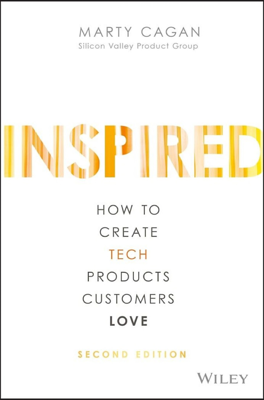Summary
Inspired by Marty Cagan emphasizes product success strategies observed in top tech companies. The book is divided into several parts, focusing on the right people, product, process, and culture required to foster successful technology-driven product development.
Part I: Lessons from Top Tech Companies
Cagan reflects on his early failures and learnings at HP, highlighting the importance of aligning product offerings with clear customer demand. Leading tech companies succeed by focusing on solving genuine customer problems through creative and collaborative product management roles. Insights highlight the superiority of tech leaders in adopting innovative approaches over traditional, outdated methods.
Part II: The Right People
Product teams play a critical role in a product’s success or failure. Key roles like product managers, designers, and engineers should function as autonomous groups that understand and own their product, thinking like missionaries with a deep belief in their product vision. Effective collaboration and empowerment within small, cross-functional teams are vital.
Part III: The Right Product
Traditional feature-driven product roadmaps are criticized for failing to address real customer needs. Cagan advocates for outcome-based roadmaps guided by business objectives and Key Results (OKRs). Real problems should drive product development, maintained through high-integrity commitments during the discovery phase.
Part IV: The Right Process
Successful product development integrates continuous product discovery with reliable delivery. Teams need to blend rapid experimentation with meticulous development to ensure product stability and market fit. Frequent customer feedback and iterative development bolster risk mitigation and product success.
Part V: The Right Culture
Fostering an innovative and efficient organizational culture is essential. Good product teams, driven by a solid product vision and customer interactions, innovate and iterate rapidly. They maintain a data-driven approach and foster integration across disciplines. In contrast, ineffective teams often lack customer focus, suffer from siloed operations, and adhere rigidly to predefined feature sets.
Overall, Inspired delineates a framework for understanding and developing products that align technology with customer needs through strategic teamwork, visionary leadership, and adaptable processes. The shift from output to outcome-focused practices ensures that product teams contribute strategically to business growth in the competitive tech landscape.
